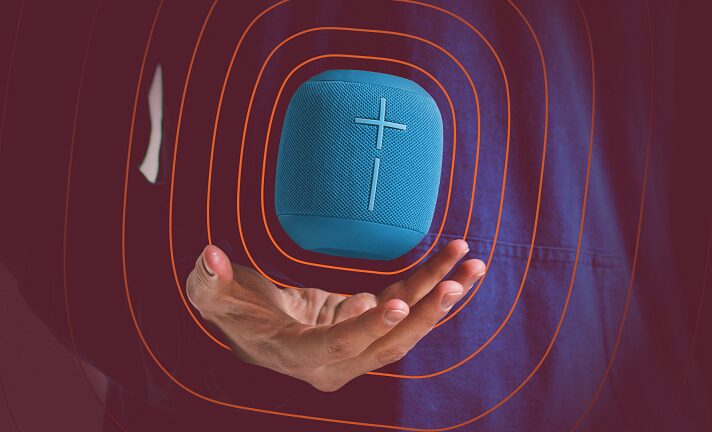Maximizing Speaker Performance: Power and Drive Circuit Considerations
In audio engineering, understanding the intricacies of speaker power ratings and drive circuits is crucial. PUI Audio strives to provide high-quality audio components and innovative custom solutions. In this post, we’ll delve into the key aspects of operating power levels and drive circuits for our speakers, offering practical examples and technical insights.
Defining Operating Power Level
Our speakers have a maximum power rating of up to 20W. This rating is the product of the applied RMS voltage and RMS current, plus any steady-state DC voltage and current, must not exceed 20W. The power rating can be calculated using the following equation:
Power Rating Calculation
Total Power (P) ≤ 20W = (ERMS)(IRMS) + (EDC)(IDC)
Exceeding this operational limit can cause power dissipation in the voice coil, leading to mechanical distortion and potential damage to the speaker components. The RMS voltage and current driving the speaker must be calculated from knowledge of the driving waveform.
Electrical Characteristics
The equivalent electric circuit for a speaker includes resistance, inductance, and distributed capacitance. The speaker’s resistance dominates the electrical characteristics in the normal operating range of 500 Hz to 4 kHz, making it appear as a resistive load to the driving circuit and an inductive load with rising impedance at higher frequencies.
Driving Considerations
Speakers can be driven directly from circuits with DC coupling. However, any DC offset voltage or current must be continuously dissipated in the speaker. AC coupling using a capacitor in series with the speaker is typically more desirable, forming a high-pass filter to block any DC component in the amplifier’s output signal.
High-Pass Filter Calculation
ƒ = 1/(2πRC)
For example, an 8Ω speaker with a nominal low-frequency response of 500Hz would require a standard coupling capacitor of 47µF to ensure the high-pass cutoff frequency is at least 500Hz.
Selecting the Right Amplifier
Analog amplifiers amplify a continuous analog waveform to drive a speaker, producing acoustic output proportional to the signal amplitude. Monolithic power audio amplifiers are cost-effective for driving speakers, typically powered by 10V to 22V supplies.
Bridge-Tied-Load (BTL) Drive Circuits
BTL amplifiers offer ease of design, single 5V supply, and an output voltage swing twice that of a single amplifier, making them ideal for driving speakers. They consist of two inverting amplifiers in series, with the speaker connected between the outputs.
Higher Power Analog Amplifiers
For applications requiring more than 1W of drive power, higher power amplifiers can deliver up to 20W while operating on a 45V supply voltage. The output power scales with the supply voltage, and a split power supply can eliminate the need for an output capacitor.
As an example, for a speaker with a low frequency response that begins a roll-off at
300Hz, we can set the cutoff at 200Hz by changing C6 as follows:
Capacitor Value Calculation for High-Pass Filter
C = 1/(2πRƒ)
C = 1/2π(8Ω)(200Hz)
C = 100μF
Conclusion
Understanding the power and drive circuit requirements is essential for optimizing speaker performance and longevity. By following these guidelines and calculations, you can ensure your speakers operate efficiently within their specified limits. For details, please checkout our speaker Whitepaper.
For more information on our products and custom solutions, visit PUI Audio’s Speakers and Receivers section.
Contact Us
Have questions or need custom solutions? Contact us today via our contact form for world-class customer care and innovative audio solutions.
